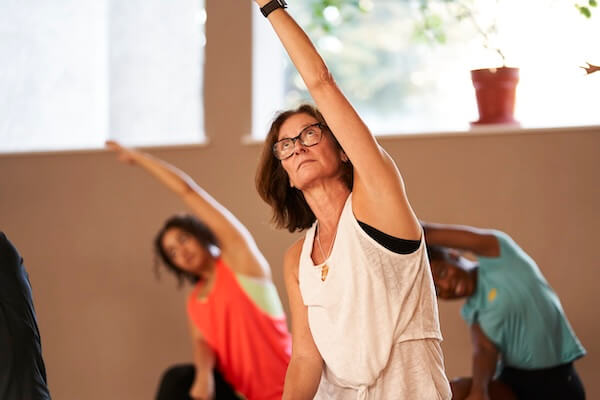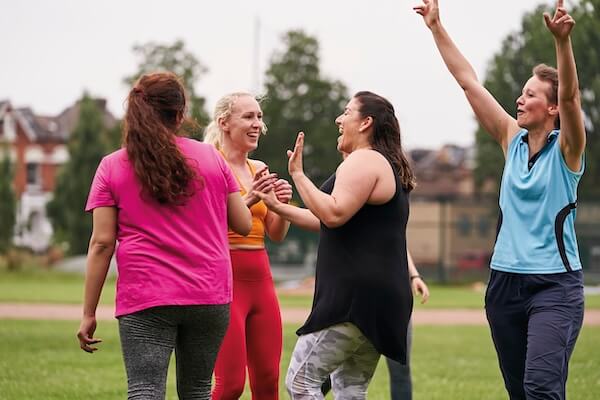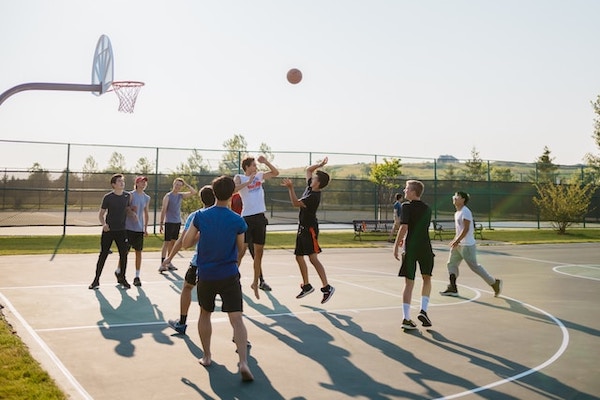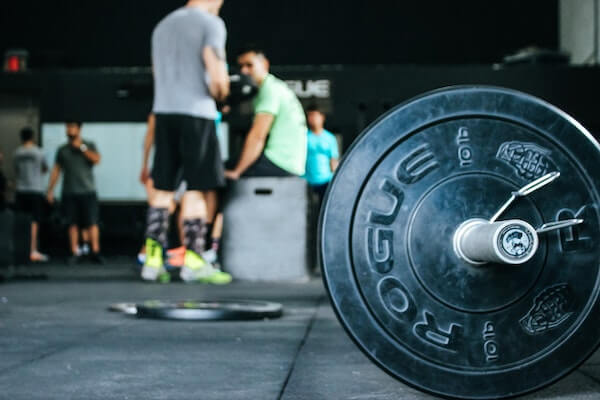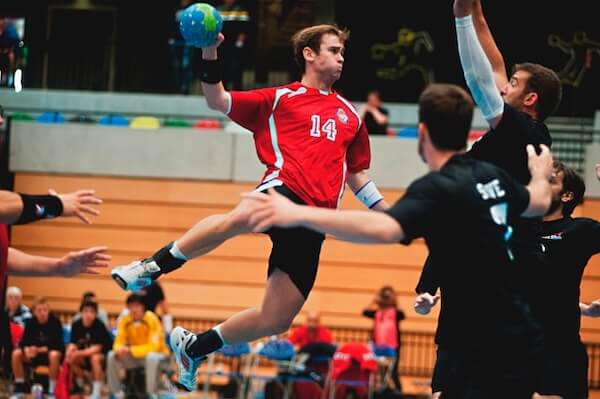
What is European Handball?
European handball, often simply referred to as handball, is an exhilarating and fast-paced team sport enjoyed by millions around the world. Governed by the International Handball Federation (IHF), the sport boasts 167 registered national federations and is played in over 183 countries by an estimated 30 million registered players.
The Basics
-
Teams: Each team consists of six outcourt players and one goalkeeper.
-
Objective: Score more goals than the opposing team by throwing the ball into their goal.
-
Match Duration: A standard match is divided into two halves, each lasting 30 minutes.
The Court
Handball is typically played on an indoor court measuring 40 by 20 meters (131 by 66 feet). At each end of the court is a goal, surrounded by a 6-meter (20 feet) zone. Only the defending goalkeeper is allowed in this zone. Players must throw the ball from outside this zone or while diving into it to score.
Game Play
Handball is a dynamic and fast-paced game where two teams of seven players (six court players plus one goalkeeper) face off with the goal of scoring by throwing the ball into the opponent's net. Here's how the game is played:
-
Passing and Shooting: After receiving the ball, players can pass, keep possession, or shoot. Notably, only the goalkeeper is allowed to use their feet, but only within the goal area. Court players must dribble (similar to basketball) or take up to three steps for up to three seconds without dribbling.
-
Goal Area: No attacking or defending players, except the defending goalkeeper, are allowed to touch the floor of the goal area (within six meters of the goal). However, a shot or pass is valid if completed before touching the floor. Goalkeepers can leave the goal area but cannot cross the boundary with the ball in their hands.
-
Restrictions: Players cannot touch the ball with their feet, pass the ball back to the goalkeeper in the goal area, or take more than three steps without dribbling.
-
Exciting Plays: Notable scoring opportunities often arise when attacking players jump into the goal area. For example, an attacking player may catch a pass while launching toward the inside of the goal area and then shoot or pass before touching the floor. Doubling occurs when a diving attacking player passes to another diving teammate, creating thrilling moments for spectators.
Court and Equipment
-
Playing Court: Handball is played on a court 40 by 20 meters, with goals located at the center of each end. The goals are surrounded by a near-semicircular area called the crease or zone, defined by a line six meters from the goal. A dashed line nine meters from the goal marks the free-throw line.
-
Goals: The goals are two meters high and three meters wide, securely bolted to the floor or wall. The goal posts and crossbar must be made of the same material and feature a quadratic cross-section with sides of 8 cm. The visible sides must be painted in contrasting colors to stand out against the background. Each goal has a net designed to prevent the ball from passing through.
-
Crease Rules: Only the defending goalkeeper is allowed inside the crease. Court players can catch and touch the ball in the air within the crease as long as they start their jump outside the zone and release the ball before landing. If a player without the ball contacts the ground inside the goal perimeter, they must exit immediately unless they gain an advantage, which results in ceding the ball to the other team.
Match Duration and Overtime
A standard match consists of two 30-minute halves with a 10- or 15-minute halftime intermission. If a decision must be reached, such as in a tournament, and the match ends in a draw, there are a maximum of two overtimes.
Court Players and Goalkeeper Roles
-
Court Players: Players can touch the ball with any part of their bodies above the knee. They must dribble or pass within three seconds or three steps. Taking more than three steps without dribbling is considered traveling, resulting in a turnover. Players can dribble as many times as needed but must release the ball properly.
-
Goalkeeper: The goalkeeper can move freely within the goal perimeter and touch the ball with any part of their body for defensive purposes. They may not carry or dribble the ball outside the goal perimeter. Goalkeepers can also participate in normal play. A new rule allows any player to substitute for the goalkeeper without becoming a designated goalkeeper, leading to an increase in empty net goals.
Handball is an exciting sport that requires agility, strategy, and teamwork. Its fast-paced nature and high-scoring potential make it a thrilling game for players and spectators alike.
Olympic History
Handball made its Olympic debut in 1936 in Berlin as an outdoor sport, known as field handball, which was played on a football field with 11 players per side. The game evolved to the current indoor version with seven players per side, a faster and more dynamic format, well-suited to European winter conditions.
- 1972: Handball reappeared at the Munich Olympics, played indoors, and has been an Olympic sport since.
- 1976: Women's handball was included in the Montreal Olympics.
Global Reach and Formats
Handball is popular worldwide, including regions such as East Asia, North Africa, South America, and even Australia. The game is played in various formats to cater to different environments and participant needs:
-
Handball (Indoor): The standard seven-a-side game played indoors.
-
Field Handball: The original 11-a-side game played on a football field.
-
Wheelchair Handball: Adapted for athletes with disabilities.
-
Beach Handball: Played on sand with smaller teams.
-
Street Handball: A casual, urban version of the game.
-
Mini Handball: A smaller-scale version for young children.
Evolution and Popularity
The 1940s saw the invention of indoor handball in Denmark, which became more popular due to its appeal during winter, offering comfort and excitement with higher scores than soccer. Post-World War II, the sport grew, particularly in Europe. The fall of the Eastern Bloc led to a shift in dominance, with countries like France, Spain, and Germany emerging as powerhouses. Nations from Africa (e.g., Algeria and Egypt) and Asia (e.g., South Korea and China) also began to make their mark.
Today, handball is played globally, with approximately 7 million registered players. While Europe remains the stronghold with professional clubs and players, competitive leagues are also developing in Asia. Africa, the Americas, and Oceania predominantly feature amateur clubs, but the enthusiasm for the sport is undeniable.
Getting Involved in Handball
European handball is a thrilling sport that combines teamwork,
speed, and strategy, offering an engaging and dynamic experience
for players of all ages and skill levels. The sport is a fantastic
way to stay active and make new friends.
Join a local club, participate in community leagues, or simply
gather some friends for a casual game – handball's inclusive and
fast-paced nature makes it accessible and fun for everyone. Dive
into the action and discover the excitement of handball today!
Sources
- Rules of Handball - Handball Australia
- Handball Overview - Wikipedia
- History of
Handball - Britannica


